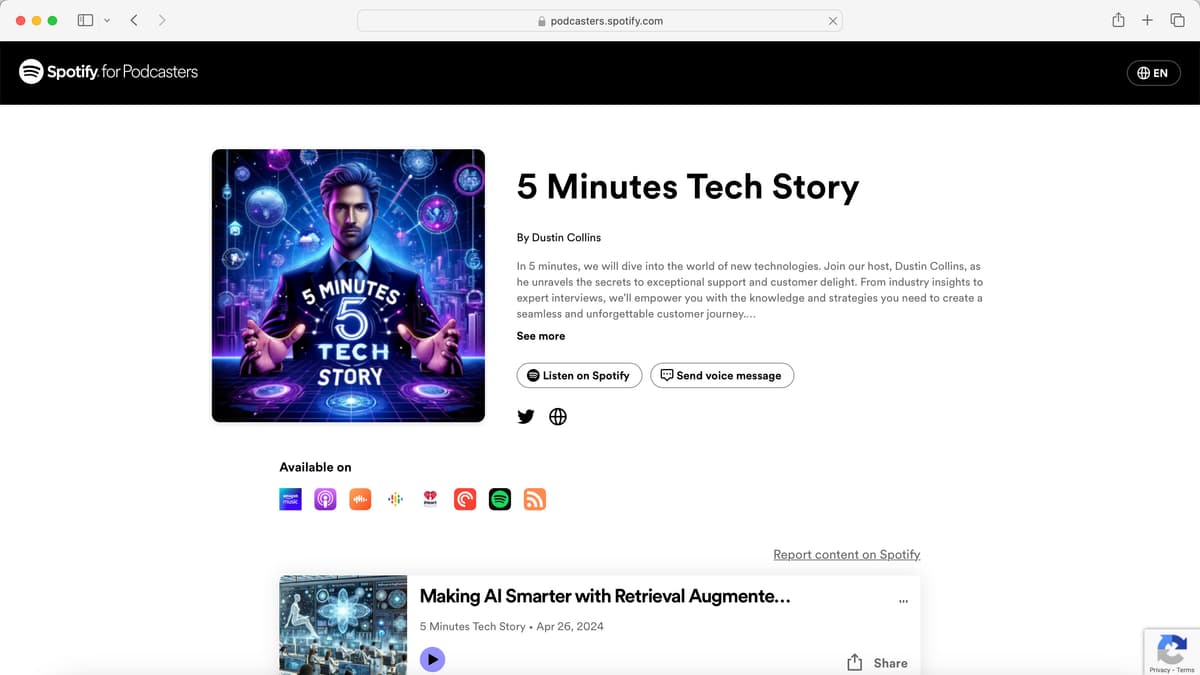Harnessing the Power of First-Party Data
Data plays a crucial role in decision-making for businesses. First-party data has become a key asset for marketing and sales professionals. But what is it?
First-party data is information collected directly from your audience or customers. It is gathered from interactions with your website, app, customer feedback, surveys, and subscription emails. This data comes directly from your customers, making it highly valuable.
First-party data provides insights into who your customers are, their preferences, behaviors, and purchasing patterns. It allows you to have a clear understanding of what your customers value and want from your business.
The Treasure Trove of First-Party Data
First-party data gives businesses tailored insights into their customers' needs. It includes information such as:
- Demographics (age, gender, location)
- Purchase history
- Browsing behavior on your website
- Interaction with marketing materials (emails opened, clicked, etc.)
- Feedback from customer surveys
- Engagements on your website
This information is valuable because it is specific and actionable. You gain insights directly from your customers, rather than relying on broad data that may not be relevant.
The Advantages of First-Hand Insights
Why is first-party data important? Here are some key advantages:
Privacy and Compliance Ready
First-party data is collected with the user's consent, making it compliant with privacy regulations. You avoid potential legal issues associated with data collection.
Accuracy and Relevance
First-party data reflects actual customer behavior and interests. This reduces errors and provides a true picture of your audience.
Cost-Effective
Collecting your data can save money. You avoid the costs of third-party data, which may not be as effective or targeted.
Customer Relationships
First-party data helps strengthen customer relationships. Customers receive personalized experiences based on their preferences, leading to increased loyalty.
Competitive Edge
Using first-party data gives you an advantage over competitors. You have unique insights that allow you to create focused strategies and campaigns.
The First-Party Data Strategy
To use first-party data effectively, implement a solid strategy. Use your data to:
- Segment your audience for targeted marketing.
- Personalize customer experiences on your website and communications.
- Enhance customer service by understanding common queries and concerns.
- Predict future behavior patterns and trends.
- Streamline product development by knowing customer desires.
Prioritize data security while collecting and utilizing first-party data. Protecting customer information builds trust and keeps personal data safe.
The Future with First-Party Data
The importance of first-party data will continue to grow as privacy becomes more critical. This shift impacts how businesses connect with their customers.
First-party data provides a direct link to customer preferences, allowing for informed decision-making. Embracing first-party data not only helps businesses keep up but also sets the pace for a more customer-centric approach to success.












